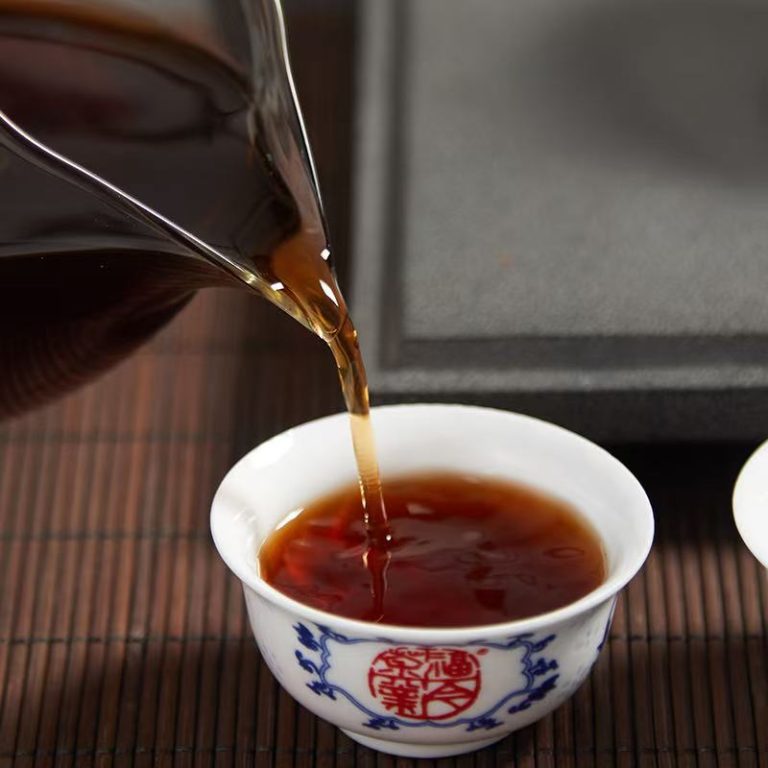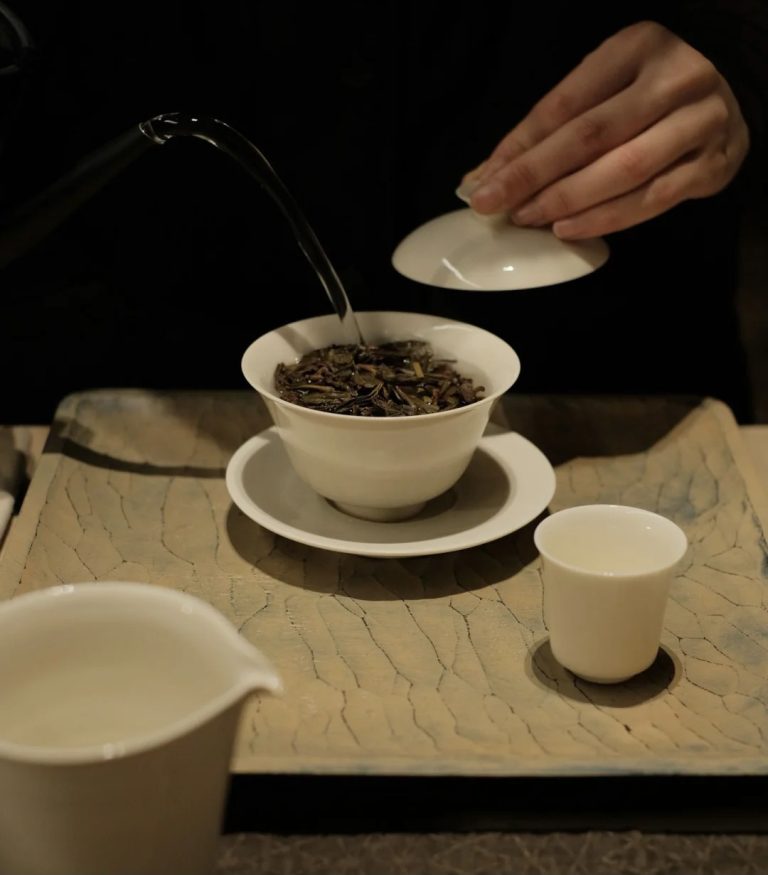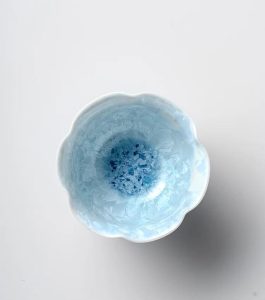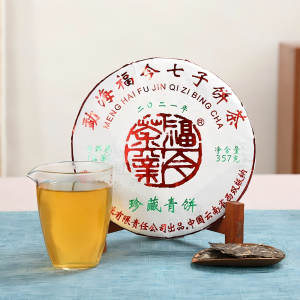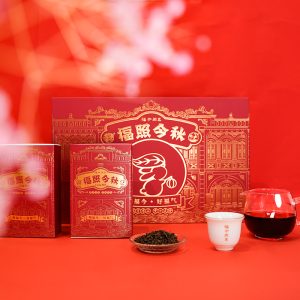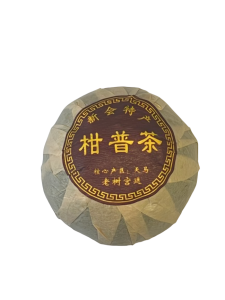
Pu Erh tea, one of China’s most revered tea types, has seen a significant rise in popularity over recent years. From its rich, earthy flavors to its purported health benefits, Pu Erh tea has made its way into the cups of tea enthusiasts worldwide. However, one thing that often surprises newcomers is the high price tag attached to many varieties of Pu Erh tea. In this article, we’ll break down the key factors that contribute to the high cost of Pu Erh tea, focusing on the impact of scarcity and quality control.
Scarcity: The Limited Supply of Exceptional Tea
The first and foremost factor contributing to the high price of Pu Erh tea is its inherent scarcity. While Pu Erh tea is produced primarily in Yunnan Province, China, the vast majority of premium-quality Pu Erh comes from specific regions within this province—regions like Menghai, Mengla, and Simao. These areas offer the perfect climate and soil conditions for growing Pu Erh tea, but their tea production capacity is limited by geography and natural conditions.
Specific Tea Gardens and Varieties
Not all Pu Erh tea is created equal. The most highly sought-after varieties come from select tea gardens located in the mountainous areas of Yunnan. These tea gardens have been cultivated for centuries, and their unique environments—ranging from altitude to soil composition—give Pu Erh tea its distinctive flavor profile. For instance, teas from the Menghai area are often considered among the best, as the region’s unique terroir yields bold, full-bodied teas with a complex flavor profile. Given the limited number of these prime tea gardens, the supply of top-tier Pu Erh tea is naturally restricted, pushing up prices.
Seasonal and Hand-Picked Harvesting
Another reason why premium Pu Erh tea comes with a high price tag is the labor-intensive harvesting process. While some teas can be machine-harvested, Pu Erh tea is predominantly handpicked. This is especially true for higher-quality teas where only the finest, young leaves are selected. Hand-picking ensures that the tea leaves are undamaged, preserving the integrity of their flavors. Moreover, the harvest season for Pu Erh tea is limited to a few months each year, usually in spring, which further restricts the quantity available on the market.
Quality Control: Craftsmanship, Processing, and Storage
The craftsmanship involved in producing high-quality Pu Erh tea plays a significant role in its price. From plucking the leaves to processing them into the final tea cake, every step in the creation of Pu Erh tea requires skill, patience, and careful attention to detail.
Traditional Handcrafting Methods
Pu Erh tea is often made using traditional methods passed down through generations. These methods include processes such as sun-drying, pan-frying, and fermentation, each of which requires specific expertise to ensure the optimal balance of flavor and texture. While some modern manufacturers might use more automated techniques, true connoisseurs of Pu Erh tea value the old-school, artisanal approach to crafting the tea, which directly affects the quality and, consequently, the price.
Aging and Storage: The Role of Time in Enhancing Flavor
One of the most unique features of Pu Erh tea is its ability to improve with age. Unlike most teas that lose their flavor and freshness over time, Pu Erh tea becomes smoother and more nuanced as it ages. The process of fermentation and aging in a controlled environment is essential to developing the characteristic depth of flavor that makes aged Pu Erh tea so special.
The best Pu Erh tea is often stored for years, even decades, in optimal conditions to allow it to age gracefully. However, this aging process comes with a cost. Storing Pu Erh tea requires careful monitoring of humidity, temperature, and ventilation to prevent spoilage or damage. As a result, the expense of proper storage—especially for rare, aged teas—adds to the overall price.
Brand and Market Demand: The Power of Reputation
In addition to the inherent qualities of the tea itself, brand reputation and market demand significantly influence the price of Pu Erh tea. Just as with any luxury product, brands that are known for producing high-quality Pu Erh tea can command premium prices. Well-known brands like Da Yi, Zhong Cha, Fu Jin Tea, and other established names in the industry have built strong reputations over the years. Consumers are willing to pay a higher price for their products, knowing they are buying tea from a trusted source.
Moreover, the increasing global demand for Pu Erh tea, particularly among collectors and enthusiasts, has created a market where limited-edition and rare teas fetch astronomical prices. Tea auctions, collectors’ markets, and special releases from renowned producers further elevate the price of highly coveted Pu Erh teas.
The price of Pu Erh tea is a direct reflection of the complex and time-consuming processes that go into producing this unique tea. From the rare, specific tea gardens where the finest leaves are grown to the meticulous handcrafting and aging processes that enhance the tea’s flavor, every aspect of Pu Erh tea production adds value. Furthermore, the increasing global demand for Pu Erh tea and the influence of reputable brands only serve to elevate its price. For tea enthusiasts, the cost of high-quality Pu Erh tea is often seen as a worthy investment in both flavor and experience.
Frequently Asked Questions
Pu Erh tea’s high price is primarily due to its limited supply, meticulous crafting process, and aging requirements. The best Pu Erh comes from specific, high-altitude tea gardens in Yunnan, where production is limited. Additionally, the aging process requires optimal storage conditions, which adds to the cost.
Yes, one of the unique features of Pu Erh tea is that it improves over time. As it ages, it becomes smoother, deeper in flavor, and more complex. Many Pu Erh enthusiasts prefer aged teas for their rich and mellow taste.
Pu Erh tea is unique because it undergoes a fermentation process that allows it to age and develop new flavors. This is in contrast to other teas, which generally lose their freshness and flavor over time.
No, not all Pu Erh teas are aged. There are two main types: raw (sheng) and ripe (shou). Raw Pu Erh is naturally aged over time, while ripe Pu Erh undergoes a quicker fermentation process to mimic the aging of raw Pu Erh.
Pu Erh tea should be stored in a cool, dry place with good airflow. It should be kept away from strong odors, as it can absorb them over time. Many tea collectors store Pu Erh in special storage rooms designed to maintain the ideal temperature and humidity for aging.


